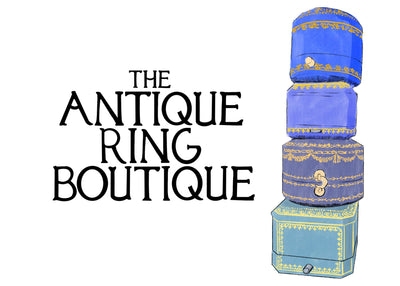‘Jade’ is a general term used to describe two unrelated stones: nephrite and jadeite. Nephrite is one of the toughest materials known to man, composed of intricately intertwined fibrous crystals, and occurs in deep green, russet, yellow and white tones. Though traditionally mined and extensively worked in Central America and Australasia, nephrite is perhaps most closely affiliated with China, where nephrite, or yù, was extensively used by imperial workshops for decorative carvings, censers, vases, sceptres and monumental works for the emperor’s own enjoyment. In the 18th century another mineral, jadeite, known as fêi cuì, was discovered in what is now modern-day Myanmar, and began to be employed by Chinese artisans. Jadeite is an entirely different mineral to nephrite, and displays a different palette of colours including white, a bright emerald-green, yellow, and a pretty violet colour known as ‘lavender’. Jadeite has a brighter lustre than nephrite, and as its crystal structure is capable of greater translucency than nephrite, it is thus more widely used in jewellery. The most highly prized jadeite is a translucent rich green variety, known as ‘imperial’ jadeite, several examples of which have broken world records at auction, including the famed ‘Hutton-Mdvani’ necklace made by Cartier for the Woolworths heiress Barbara Hutton, which sold at Sotheby’s for $27.44 million in 2014. Gem-quality jadeite is usually cut en cabochon to showcase its colour and translucency, giving it a beautiful, soft glow that is quite different to the bright sparkle of faceted gemstones. A tough and reasonably hard-wearing stone, jadeite is suitable for rings as well as other jewels, and makes an unusual alternative to more traditional western gems.
